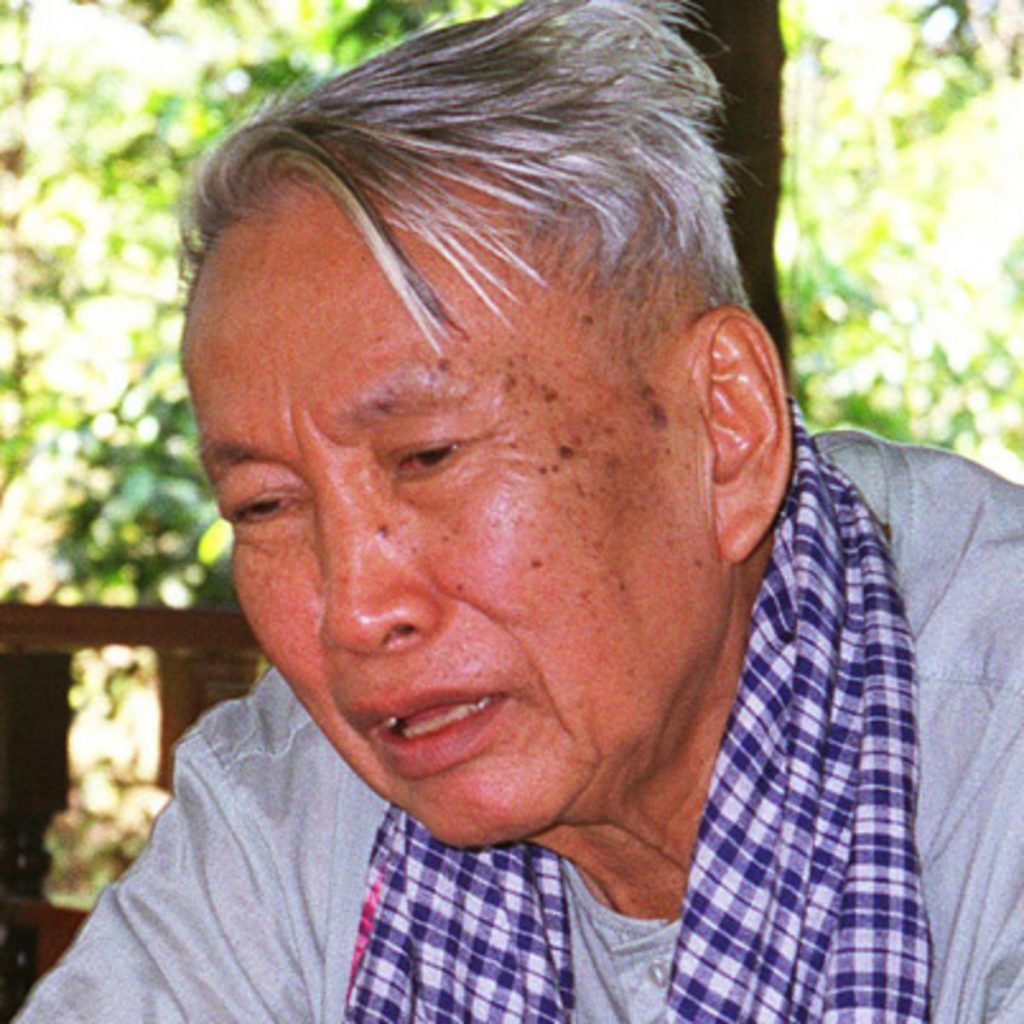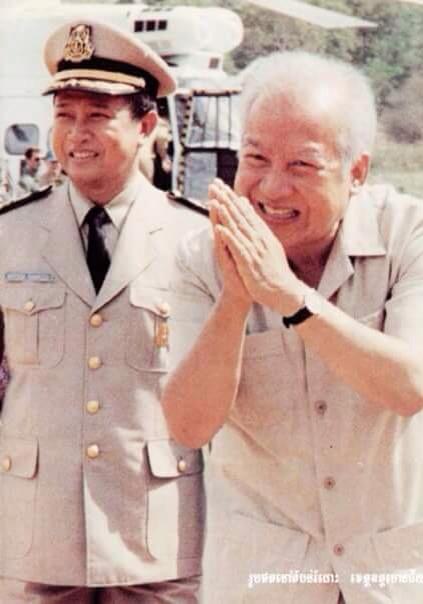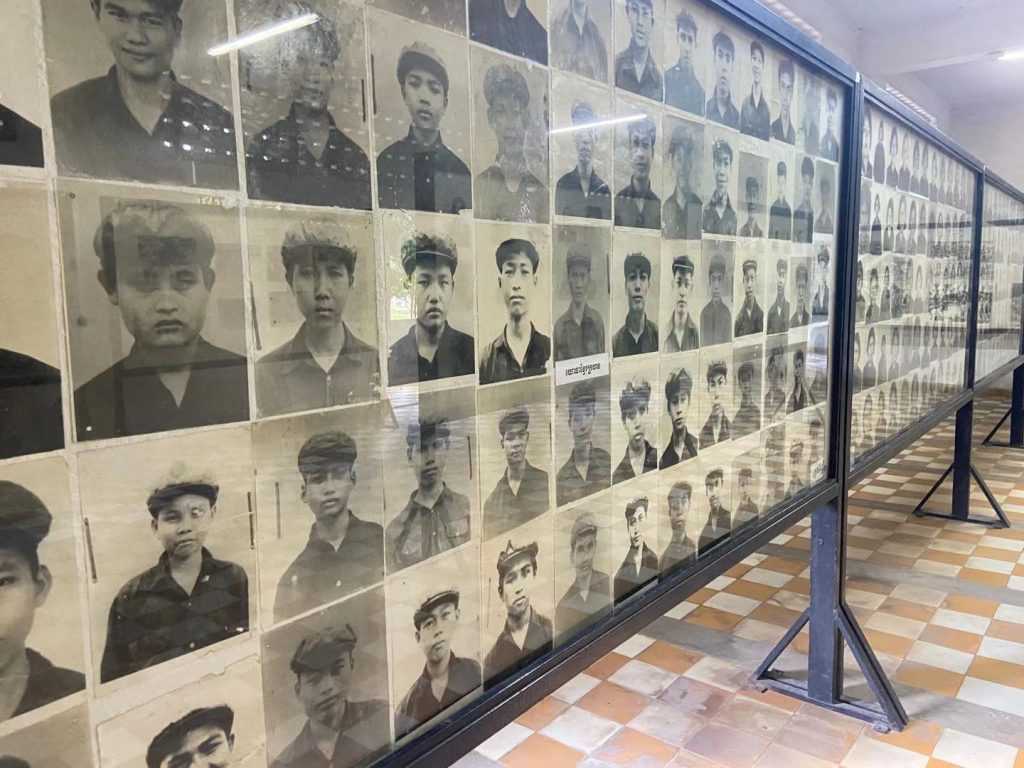Day of Hatred is not something you’d necessarily think to be a holiday in this woke era, but it is indeed a holiday in Cambodia. May 20th, is actually no longer known as the Day of Hatred, but as the Day of Remembrance. The county remembering the atrocities committed during the brief, but brutal rule of the Khmer Rouge.
Prelude to the Day of Hatred
The Khmer Rouge ruled Cambodia initially as the Royal Government under Sihanouk, before morphing into Democratic Kampuchea. Pol Pot and his cohorts then set the country into one of the most extreme socio-economic experiments in history by evacuating the cities into the countryside. There is a lot of misunderstanding about why this happened, some claim it was to turn the country into some form of agrarian-socialist utopia, while others claim it was idiocy, pure evil, or sheer lunacy.

In actual fact it was part of Democratic Kampuchea’s 4 year plan to turn the country into a fully industrialized communist utopia as part of what was known as the Super Great Leap Forward. The Super Great Leap essentially being a plan to grow a bumper harvest, sell for billion and buy lots of state owned industry.
Another element to this race to communism was also doing other things quicker, such as purging state enemies. These combined factors led to the death of up to 1/3 of Democratic Kampuchea’s population.
Thus when they were finally toppled and replaced by the People’s Republic of Kampuchea there was rather a lot of ill-will towards the Khmer Rouge, particularly as they still held the UN seat for Cambodia.
The original Day of Hatred
The ‘National Day of Hatred’ was first launched in the People’s Republic of Kampuchea (PRK) on May 20, 1984, following discussions between politicians, intellectuals and Buddhist clergymen. The date of May 20th was chosen because it marked the first mass killings of Democratic Kampuchea, as well as the forced collectivization by the Khmer Rouge in 1973 Takeo province.

Communists do have a flair for the dramatic, so the initial name of the “holiday” was the ‘Day of Hatred against the genocidal Pol Pot-Ieng Sary-Khieu Samphan clique and the Sihanouk-Son Sann reactionary groups’. Quite the catchy title. It was an extremely important holiday and the Kampuchean United Front for National Construction and Defense mobilized Cambodian mass organizations to ensure popular participation during events marking he day.
Another important aspect was to bring global attention to the policies of the Imperialist United States and the Expansionist Peoples Republic of China, both of whom supported the Khmer Rouge led Coalition Government of Democratic Kampuchea .
Hiatus for the Day of Hatred
During the UNTAC period the Day of Hatred was put on hiatus as various political groups were courting the Khmer Rouge and trying to persuade them to join the peace process, something it looked like might happen for a while.
Of course it did not happen and the Khmer Rouge were to continue their fight from their base in Anlong Veng through the last Khmer Rouge state . Even after the death of Pol Pot and the final surrender of Ta Mok the day was not revived as the former Khmer Rouge cadres slowly reintegrated into Cambodian society through the Win-Win policy of Premier Hun Sen.
Day of Remembrance
In 2001 the day was revived as the Day of Remembrance, although “celebrated” on a much smaller scale. Nowadays there are plays and media stories about the dark days of the Khmer Rouge, as well as emphasizing that many of the current opposition parties were in league with the Khmer Rouge in some way shape ,or form. In Phnom Penh people often visit Choeung Ek Killing Fields , or S21 both stark reminder of just how recent the atrocities were.

This year was probably the most low-key of events in recent memory, with Phnom Penh still largely under lockdown due to the February 20th Community outbreak, and the ensuing ban on not only alcohol, but also dining in restaurants.
Perhaps western countries that supported the Khmer Rouge for so long should also mark tis day in their calendars…….





